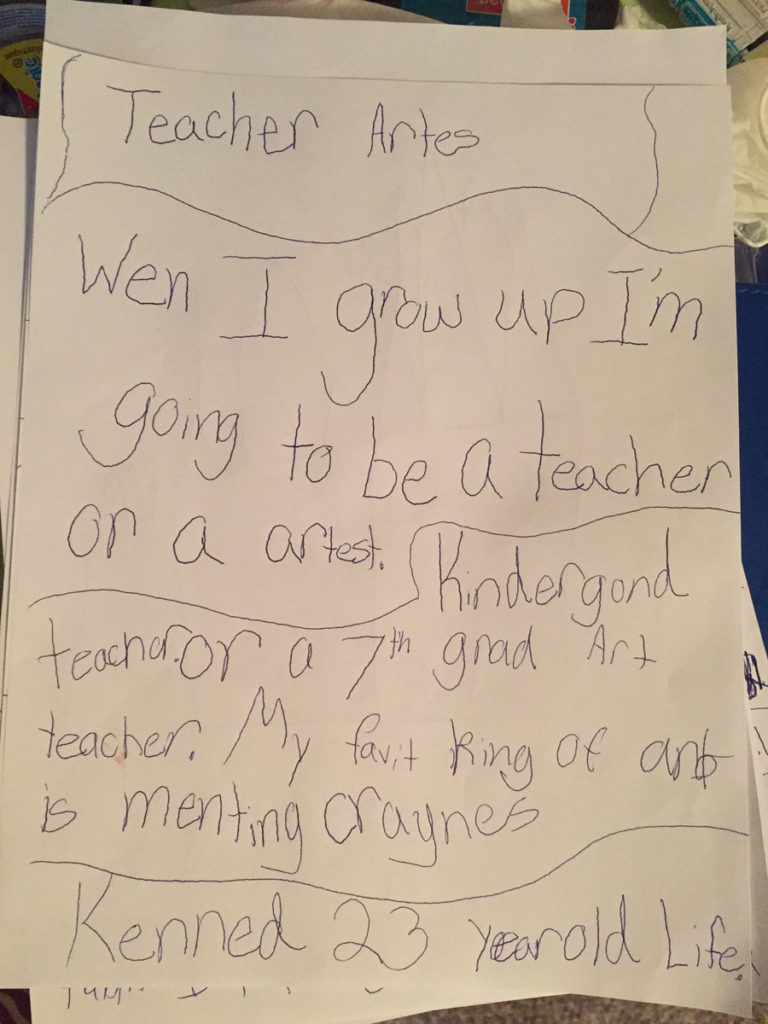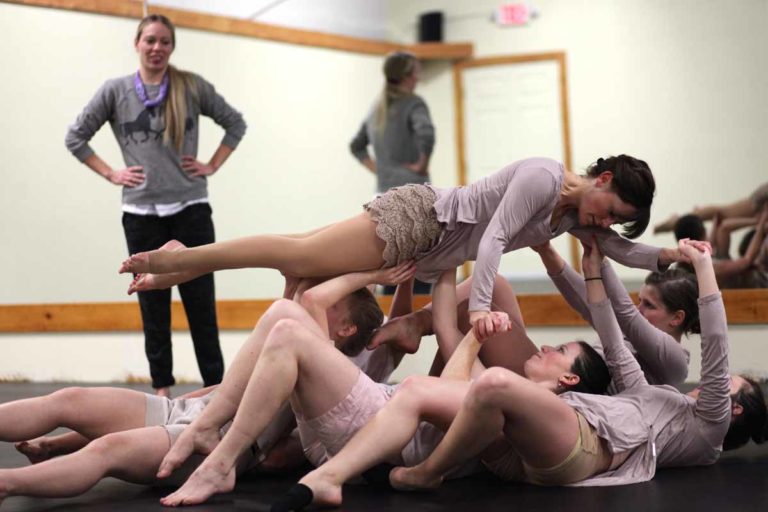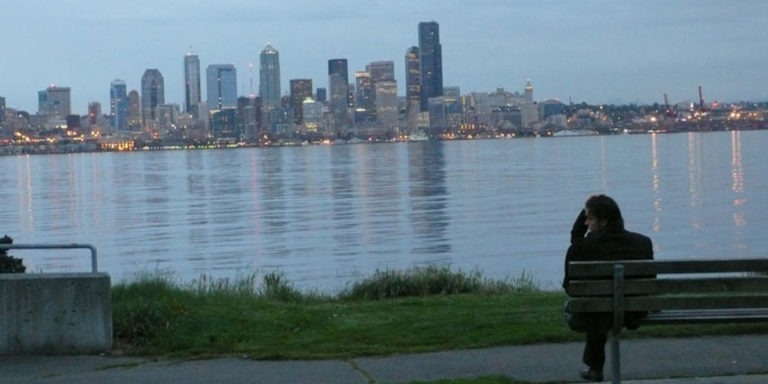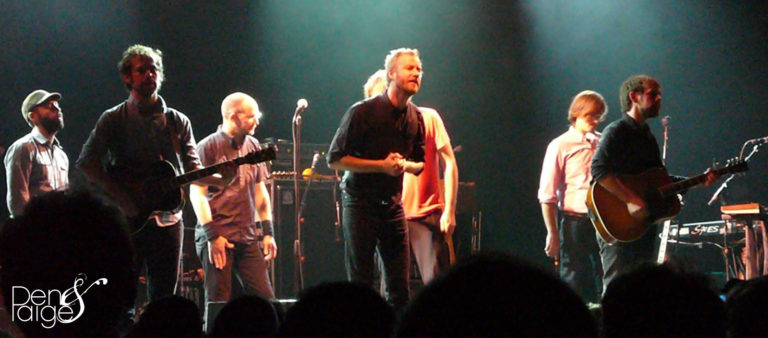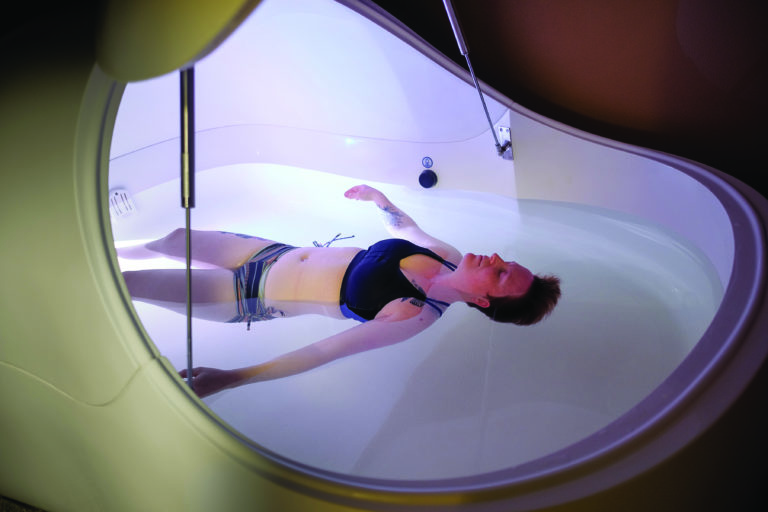The Evolution of Camping
For many of us, our lives play out in cities, inside buildings of conditioned and forced air, and in homes closed off from the elements. When we set off to the mountains and deserts, to the beaches or to the lakes, we leave these structures behind.
Linger long enough in these spaces, and we begin to reconnect with the rhythm of our bodies. We ebb and flow with the coming and going of the sun, with the rolling of the tides or the shadows of the mountains. As our skin cools from a day’s worth of sunshine, our instincts begin to kick.
We harvest wood, gut fish, and build pits to hold fire and cook food. Night skies like theatre curtains open to unveil countless stars, delivering perspective and a sense of awareness that the indoors cannot touch. Our ears prick at the rustling around us: the shudder of the trees, the churn of the stream, the crack of fire burning through wood.
Firestarters
Camping is a distinctly human thing to do. It feeds a primal desire to connect with the ground beneath us, the skies above, and to create our own space in a place where we didn’t exist before. It allows disconnection from routine. Cell phones are unnecessary, showers are optional, and time is measured not by deadlines and appointments but by the position of the sun.
Quintessential to the outdoor experience, campfires are a direct connection to this primal past. Unlike our primate ancestors, early hominids developed the ability to control fire, distinctly shaping human evolution. Such contact with fire was transformative, allowing heat and light into the night, a place to gather socially, as well as the ability to cook food and ward off predators.
Primatologist Richard Wrangham, in his book Catching Fire: How Cooking Made Us Human, maintains cooked food had a distinct effect on human development, changing the size of the stomach and intestines, the cut of teeth, and the amount of time our ancestors spent masticating foods. By cooking food, early humans also reduced chewing time and therefore expended less energy. Significant increases in brain size seen in the emergence of Homo ererctus 1.9 million years ago, Wrangham suggests, was the result of the energy dividend derived from cooking food.
As brains are metabolically taxing organs, this surplus of energy could have allowed for expansion of the brain while freeing up time to develop more efficient foraging and agricultural strategies, beginning the shift from a migratory existence to a more sedentary life.
Pulitzer Prize–winning biologist Edward O. Wilson argues the campfire is one of the founding pillars of human civilization and a large driver for “eusocial” existence. Once they harnessed the power of fire, humans, who had been travelers for millions of years hunting and gathering along animal migration routes and staying in temporary shelters, could “nest.”
With the adoption of agriculture, food supplies became controllable, allowing humans to become stationary. In the process, Wilson maintains, humans began to form societies and alliances among family members, genders, classes, and tribes.
“To play the game the human way, it was necessary for the evolving populations to acquire an ever higher degree of intelligence,” Wilson writes. “They had to feel empathy for others, to measure the emotions of friend and enemy alike, to judge the intentions of all of them, and to plan a strategy for personal social interactions.”
As a result, the intellectual and social capacity of the human brain grew vastly, forming the human condition. And it all started around a campfire.
Nature Deficit
Given our long history of nomadic travel, camping is part of our DNA. “Camping not only captures the essential spirit of nomadism but is something that we can easily replicate,” writes Roman Krznaric in his book How Should We Live? Great Ideas from the Past for Everyday Life. “It requires little more than pitching a tent with friends and family in a lush rural valley or on a cliff top overlooking the sea, and immersing ourselves in a simpler way of living.”
Increasingly, however, we’re found indoors. Children are playing with glowing electronics inside while adults, many running on empty by the end of their day, turn to digital spaces to tune out. The average American spends at least eight and a half hours a day in front of a screen, and adults age 45-54 clock in at nearly 10 hours of screen time estimates the Council for Research Excellence in a 2009 study.
“Camping hasn’t changed that much, but our environments have,” said Jim Rogers, Chairman and CEO of Kampgrounds of America, Inc. “We are put in cubicles, hooked up to iPhones, and working in office environments that provide little or no privacy. We are trying to escape the stream of constant information. Camping gives us an opportunity to unplug and to unwind.”
“We are trying to escape the stream of constant information. Camping gives us an opportunity to unplug and to unwind.”
Rogers is one of 10 Eagle Scouts in his family. Former President for the Western Region of the Boy Scouts of America and current BSA President of the Nevada Area Council, Rogers said he learned tangible life skills and developed an appreciation of the outdoors in Scouts.
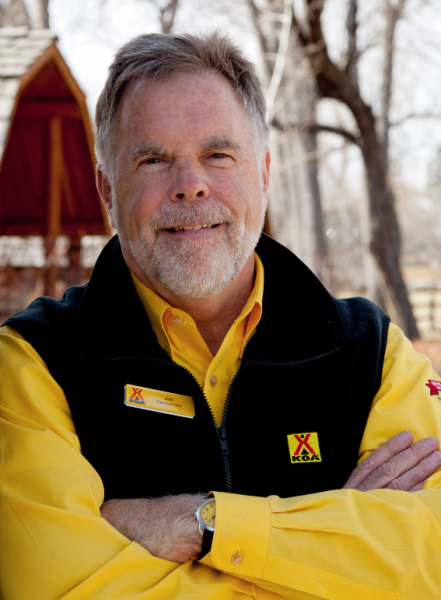
“Whether a youth is being held accountable to cook a meal in the outdoors, hike to the top of a mountain, or know safety and first aid—Scouting impacts individuals at a very early age. There are no substitutes for those skills,” Rogers said.
Referencing a national effort to get people outdoors, Rogers recommends a “Park Prescription” for people who may be suffering from a lack of nature. “Take a hike and call me in the morning!” he said.
The Golden Gate National Parks Conservancy coined “Park Prescriptions” in 2009 to help create a healthier population by connecting greater health with being active in the outdoors. Splitting humans from nature has created what Richard Louv, in his book Last Child in the Woods, describes as “Nature-Deficit Disorder.” Louv maintains direct exposure to nature is essential for healthy childhood development and for the physical and emotional health of children and adults, yet society increasingly shuts out this valuable contact.
“Nature inspires creativity in a child by demanding visualization and the full use of the senses,” Louv writes. “In nature, a child finds freedom, fantasy, and privacy: a place distant from the adult world, a separate peace.”
Interacting with nature is about doing something, not watching something. It’s active, requiring children to exist in their imaginations and create a world from the world around them. “Unlike, TV, nature does not steal time; it amplifies it,” states Louv.
Quiet Time
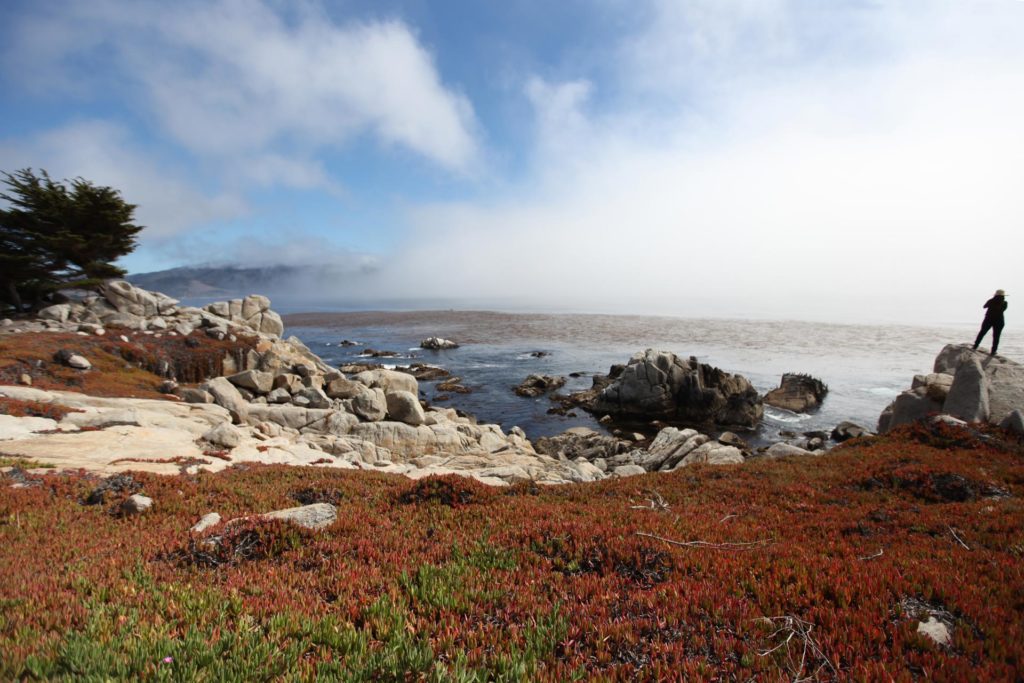 Is it possible to escape the grid, to power down and disconnect fully from a plugged-in life? Camping lost 4.5 million participants in 2012, according to a study released by the Outdoor Foundation
Is it possible to escape the grid, to power down and disconnect fully from a plugged-in life? Camping lost 4.5 million participants in 2012, according to a study released by the Outdoor Foundation
- [UPDATE: Participation rates held steady in 2013, with the exception of young adults ages 18 to 24 increasing 1%, while adults, ages 25 to 44 decreased 1%]
Chris Fanning, executive director of the foundation equates the decline in participation due to a high churn rate among campers—while 9.1 million Americans started camping, 13.6 million stopped. Pat Hittmeier, president of Kampgrounds of America, said the total number of days people camp may not be increasing, but the number of times they camp has grown. “We see campers taking shorter, more frequent trips,” he said.
Still, the camping public is an active bunch—38 million Americans camped a total of 516.6 million days in 2012, more than half of them in state and national parks. In advance of its 100th birthday in 2016, the National Park Service has put out a call-to-action to prepare for a second century of stewardship by connecting people to parks.
Studies show one of the best ways to instill a lifelong love of camping and the outdoors is to start young: Youth engaged in camping when they were younger have a higher likelihood to camp when they become older. JuDee O’Donnell, Girl Scouts of Montana and Wyoming’s summer camp director, sees firsthand the positive value of outdoor time when the Girl Scout council hosts summer camps throughout the two-state region.
“In my experience, children given the opportunity for outdoor play and activities tend to challenge themselves to try new things that may be out of their comfort zone,” O’Donnell said. “They build positive relationships with other camp attendees, are more attentive during education lectures, and develop an appreciation for their natural surroundings.”
Darcie Howard, Audubon Conservation Education Center Director, works to empower families to take their activities outdoors and explore their backyards. She founded Get Outside Montana, a free program that encourages children and families to enjoy recreational opportunities in Billings and surrounding areas.
“Getting youth invested in the outdoors is exposing not just the children but also the parents to the natural world in their backyard,” Howard said. “We spend our time learning science and ecology and making that connection so they will want to further that exploration.”
Could increasing our outdoor time be as simple as placing value on it, prioritizing it above the other noises of our lives? When we connect to the outdoors, we retune to a natural rhythm that powers our circadian clocks and churns our blood with the tides. Our brains have evolved into such intensely social, intelligent organs through the very process of outdoor living. Ask yourself: What is gnawing at your time? How will you choose to refuel?
“There’s a drive for most people to get outdoors,” said Hittmeier. “It’s an easy place to forget about your day-to-day life, relax, and enjoy the experience. Once you get it, it stays with you, and you’ll come back to it again and again.”

